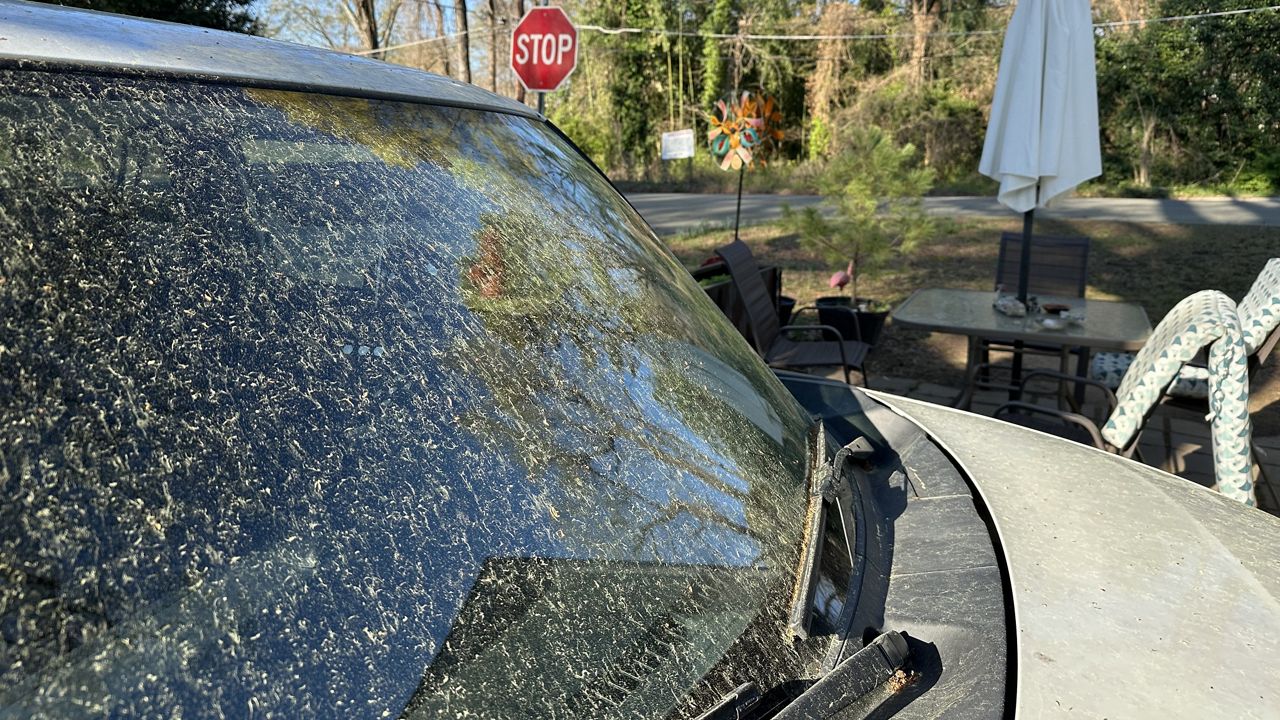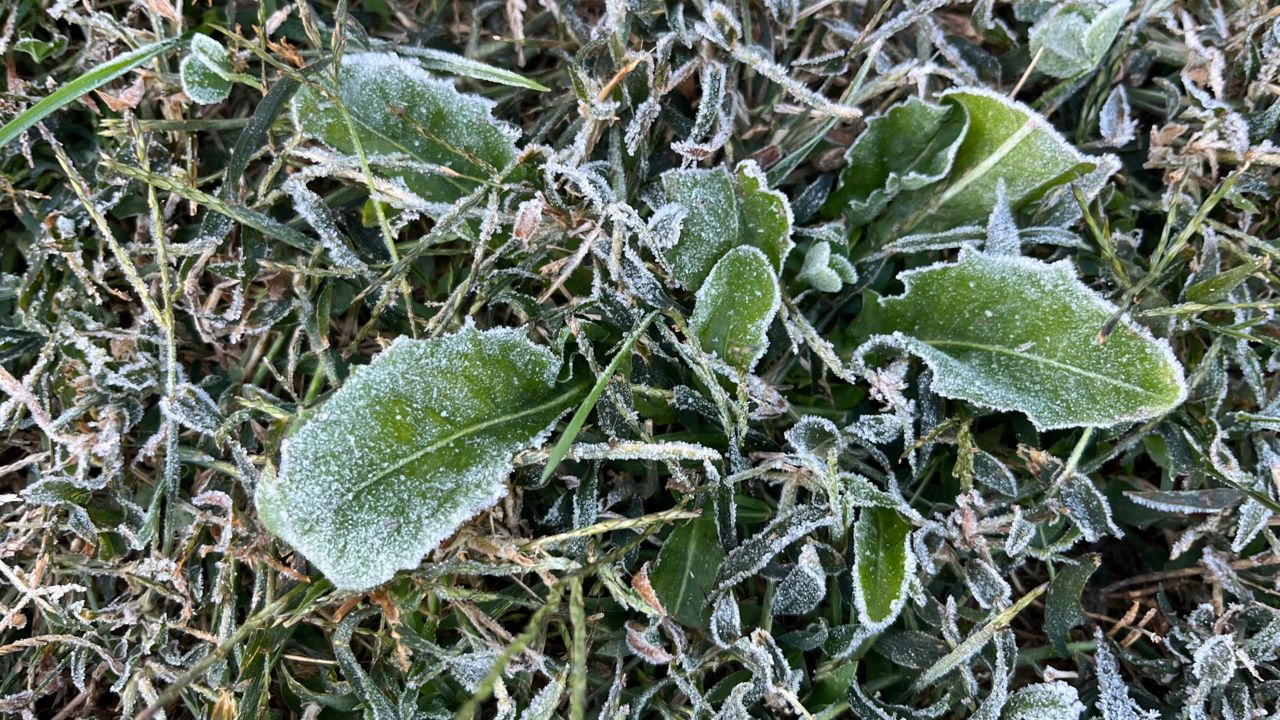A yellow haze has settled over much of North Carolina in recent days. We're right around the peak of tree pollen season, which typically happens in the month of April.
However, in recent years, pollen season has been starting earlier and lasting longer.
That trend may not come as much of a surprise. Just like every season of the year, the spring months are getting warmer in North Carolina and around the country.
While there's natural variability year to year, the last freeze of the season is happening earlier than in previous decades due to climate change. The first freeze of fall is also happening later, making for a longer growing season in the state.
That longer growing season means that pollen is in the air for a longer period of time than in past decades. Starting in February or March, tree pollen begins to cause issues for many that have allergies.
According to the Centers for Disease Control and Prevention's National Center for Health Statistics, one in four adults and one in five children in the United States have seasonal allergies.
While tree pollen typically declines after April, grass pollen levels then cause issues through late spring and early summer. By late summer and early fall, ragweed pollen peaks.
A recent analysis by the independent group Climate Central shows allergy season is on average lasting at least a month longer than it did in the 1970s in several North Carolina cities.
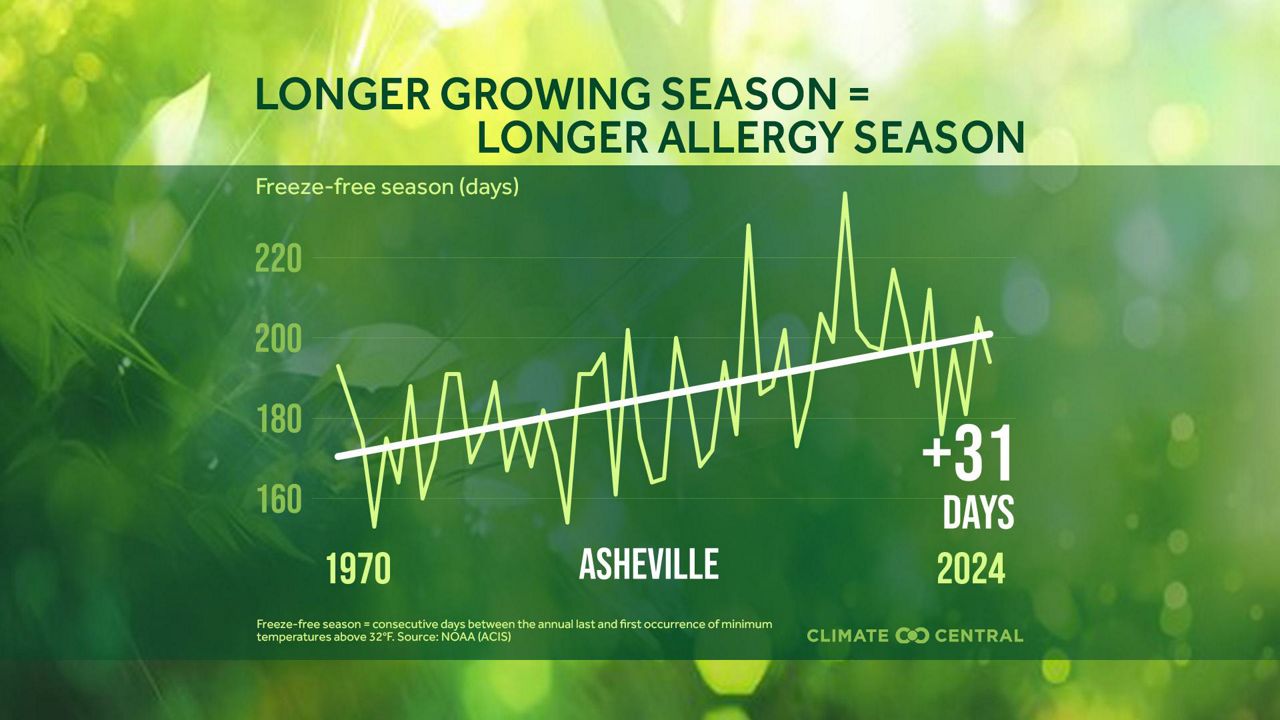
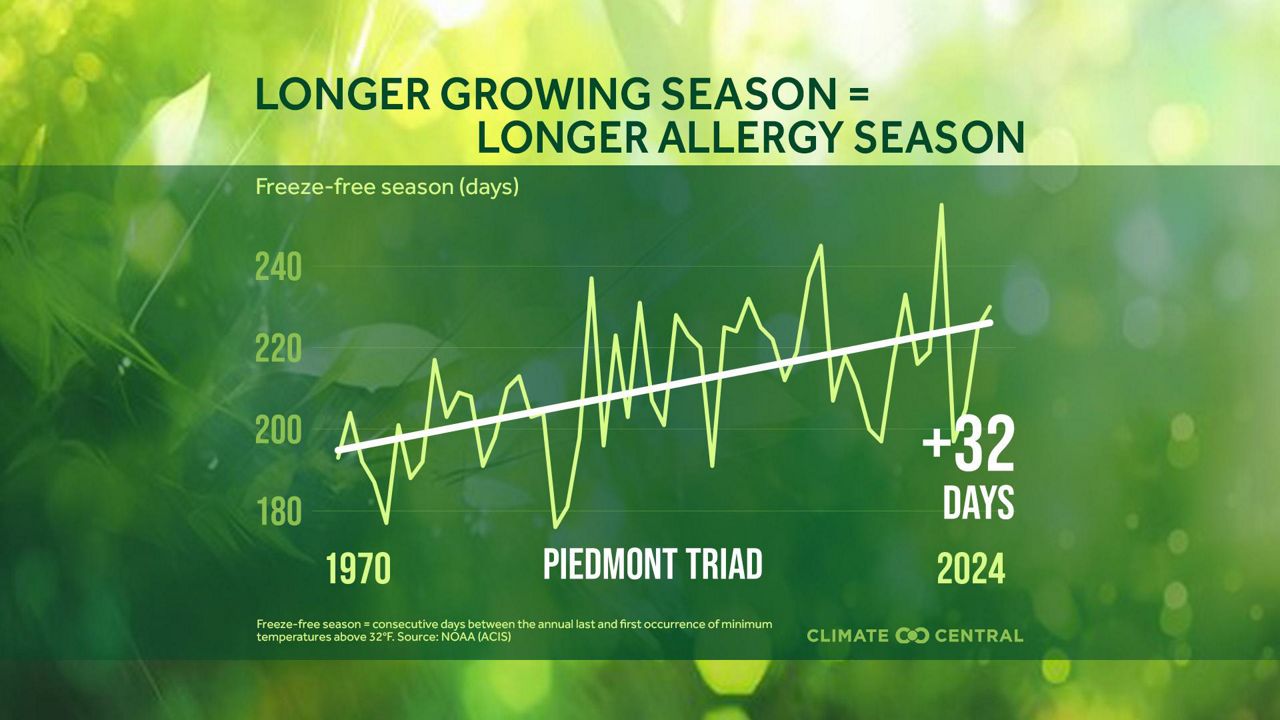
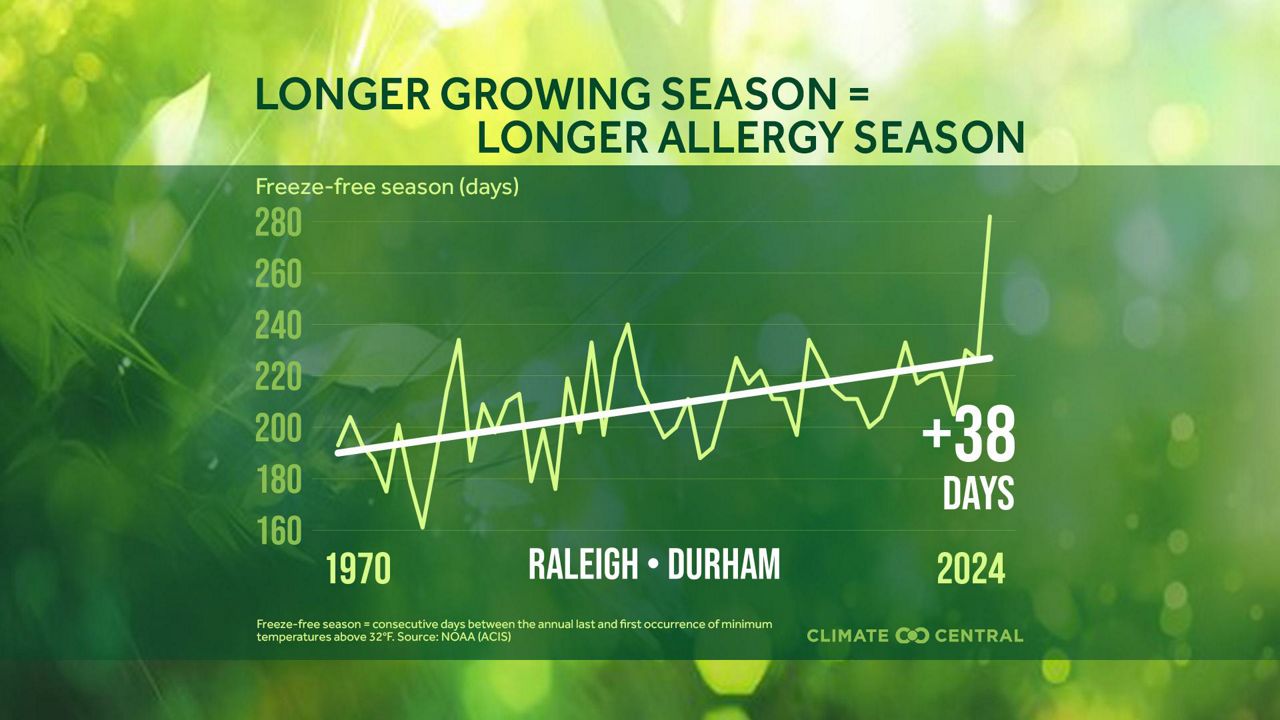
One of the leading greenhouse gases, carbon dioxide, has also been shown to boost pollen production in some plants, especially grasses and ragweed.
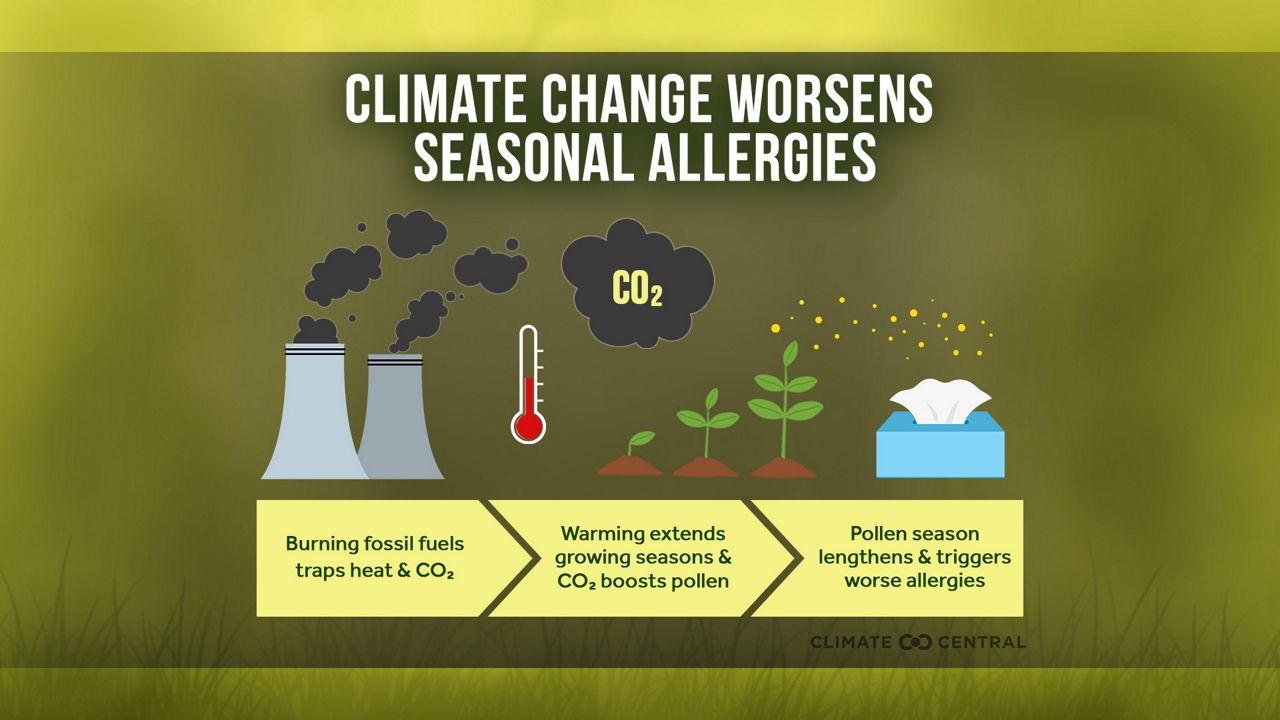
Our team of meteorologists dives deep into the science of weather and breaks down timely weather data and information. To view more weather and climate stories, check out our weather blogs section.





